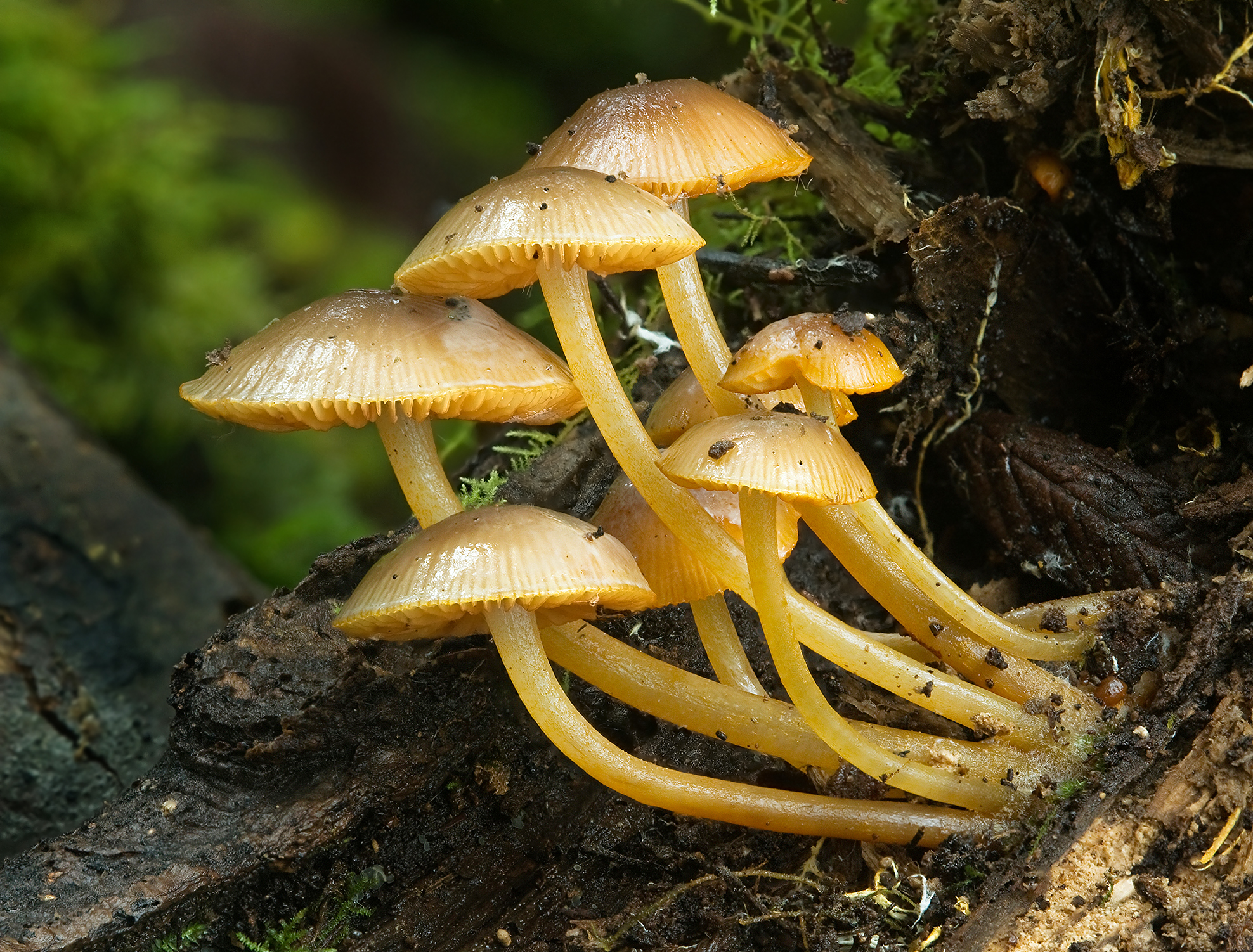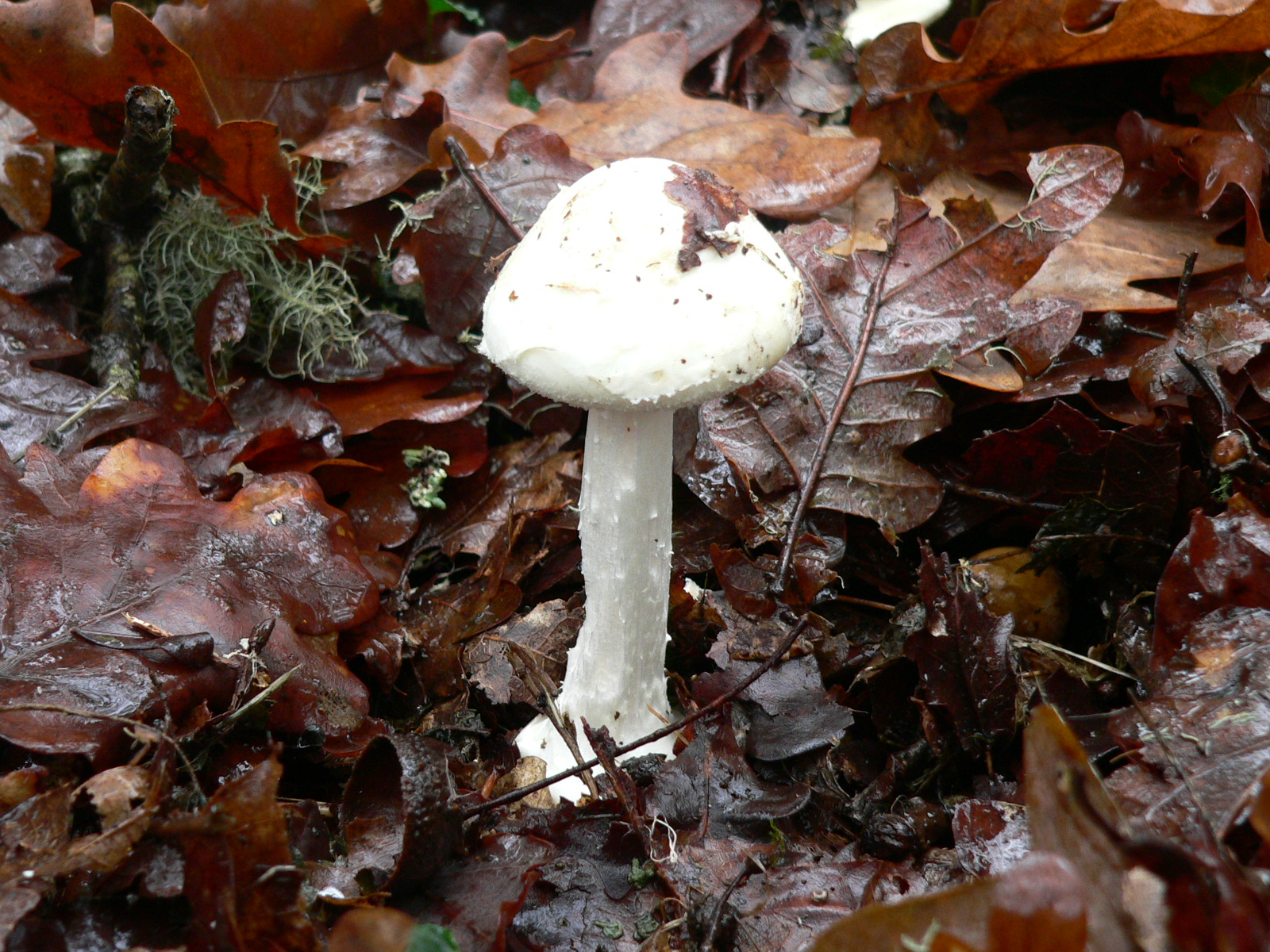|
Carlo Luciano Alessio
Carlo Luciano Alessio (1919–24 June 2006) was an Italian mycologist. He was known for his expertise in the agaric genera ''Inocybe'' and '' Boletus''. Species described *'' Rubroboletus pulchrotinctus'' Alessio (1985) *'' Hebelomina microspora'' Alessio (1977) *''Inocybe abnormispora'' Alessio (1987) *''Inocybe pseudobrunnea'' Alessio (1987) *''Inocybe pseudograta'' Alessio (1983) *''Inocybe substraminea'' Alessio (1980) *''Inocybe urbana'' Alessio (1980) *''Lyophyllum solitarium'' Alessio (1983) *''Psalliota infida'' Alessio (1975) *''Xerocomus ichnusanus'' Alessio (1984) *''Xerocomus roseoalbidus'' Alessio (1987) See also *List of mycologists This is a non-exhaustive list of mycologists, or scientists with a specialisation in mycology, with their author abbreviations. Because the study of lichens is traditionally considered a branch of mycology, lichenologists are included in this l ... References Italian mycologists 1919 births 2006 deaths {{mycologist-stu ... [...More Info...] [...Related Items...] OR: [Wikipedia] [Google] [Baidu] |
Mycology
Mycology is the branch of biology concerned with the study of fungi, including their genetic and biochemical properties, their taxonomy and their use to humans, including as a source for tinder, traditional medicine, food, and entheogens, as well as their dangers, such as toxicity or infection. A biologist specializing in mycology is called a mycologist. Mycology branches into the field of phytopathology, the study of plant diseases, and the two disciplines remain closely related because the vast majority of plant pathogens are fungi. Overview Historically, mycology was a branch of botany because, although fungi are evolutionarily more closely related to animals than to plants, this was not recognized until a few decades ago. Pioneer mycologists included Elias Magnus Fries, Christian Hendrik Persoon, Anton de Bary, Elizabeth Eaton Morse, and Lewis David von Schweinitz. Beatrix Potter, author of '' The Tale of Peter Rabbit'', also made significant contributions to t ... [...More Info...] [...Related Items...] OR: [Wikipedia] [Google] [Baidu] |
Inocybe Urbana
''Inocybe'' is a large genus of mushroom-forming fungi with over 1400 species, including all forms and variations. Members of ''Inocybe'' are mycorrhizal, and some evidence shows that the high degree of speciation in the genus is due to adaptation to different trees and perhaps even local environments. Etymology The name ''Inocybe'' means "fibrous hat". It is taken from the Greek words (in the genitive , meaning "muscle, nerve, fiber, strength, vigor") and ("head"). History The genus was first described as ''Agaricus'' trib. ''Inocybe'' by Swedish scholar Elias Magnus Fries in volume 1 of his work, ''Systema mycologicum'' (1821), and verified in the volume 2 of his book ''Monographia Hymenomycetum Sueciae'' in 1863. All other renaming attempts are accepted synonymous Description Typical mushrooms of the genus have various shades of brown, although some lilac or purplish species exist. Caps are small and conical, though flattening somewhat in age, generally with a pronounce ... [...More Info...] [...Related Items...] OR: [Wikipedia] [Google] [Baidu] |
Italian Mycologists
Italian(s) may refer to: * Anything of, from, or related to the people of Italy over the centuries ** Italians, an ethnic group or simply a citizen of the Italian Republic or Italian Kingdom ** Italian language, a Romance language *** Regional Italian, regional variants of the Italian language ** Languages of Italy, languages and dialects spoken in Italy ** Italian culture, cultural features of Italy ** Italian cuisine, traditional foods ** Folklore of Italy, the folklore and urban legends of Italy ** Mythology of Italy, traditional religion and beliefs Other uses * Italian dressing, a vinaigrette-type salad dressing or marinade * Italian or Italian-A, alternative names for the Ping-Pong virus, an extinct computer virus See also * * * Italia (other) * Italic (other) * Italo (other) * The Italian (other) * Italian people (other) Italian people may refer to: * in terms of ethnicity: all ethnic Italians, in and outside of Italy * in ... [...More Info...] [...Related Items...] OR: [Wikipedia] [Google] [Baidu] |
List Of Mycologists ...
This is a non-exhaustive list of mycologists, or scientists with a specialisation in mycology, with their author abbreviations. Because the study of lichens is traditionally considered a branch of mycology, lichenologists are included in this list. Further reading * * * * * References Bibliography * {{refend Mycology Mycology is the branch of biology concerned with the study of fungi, including their genetic and biochemical properties, their taxonomy and their use to humans, including as a source for tinder, traditional medicine, food, and entheogens, a ... [...More Info...] [...Related Items...] OR: [Wikipedia] [Google] [Baidu] |
Xerocomus Roseoalbidus
''Xerocomus'' is a genus of poroid fungi related to '' Boletus''. Many mycologists did not originally recognize the distinction between the two genera and placed ''Xerocomus'' taxa in genus ''Boletus''. However, several molecular phylogenetic studies have demonstrated that ''Xerocomus'' is a heterogeneous genus of polyphyletic origin, which has resulted in further division of ''Xerocomus'' into ''Xerocomellus'' and ''Hemileccinum''. The members of the genus ''Xerocomellus'' are more closely related to ''Boletus'' than true ''Xerocomus'' is, which is relatively distantly related to ''Boletus'' and more closely related to '' Phylloporus''. Other former ''Xerocomus'' species have since been moved to '' Aureoboletus'', ''Imleria'', ''Hortiboletus'' and ''Rheubarbariboletus''. Ladurner and Simonini published a monograph on ''Xerocomus'' in 2003, but this predated the taxonomical revisions based on phylogenetic inferences. In 2008, Hills included 18 species found in Britain, not inclu ... [...More Info...] [...Related Items...] OR: [Wikipedia] [Google] [Baidu] |
Psalliota Infida
''Agaricus'' is a genus of mushrooms containing both edible and poisonous species, with over 400 members worldwide and possibly again as many disputed or newly-discovered species. The genus includes the common ("button") mushroom (''Agaricus bisporus'') and the field mushroom ('' A. campestris''), the dominant cultivated mushrooms of the West. Members of ''Agaricus'' are characterized by having a fleshy cap or pileus, from the underside of which grow a number of radiating plates or gills, on which are produced the naked spores. They are distinguished from other members of their family, Agaricaceae, by their chocolate-brown spores. Members of ''Agaricus'' also have a stem or stipe, which elevates it above the object on which the mushroom grows, or substrate, and a partial veil, which protects the developing gills and later forms a ring or annulus on the stalk. The genus contains the most widely consumed and best-known mushroom today, '' A. bisporus'', with '' A. arvensis' ... [...More Info...] [...Related Items...] OR: [Wikipedia] [Google] [Baidu] |
Inocybe Substraminea
''Inocybe'' is a large genus of mushroom-forming fungi with over 1400 species, including all forms and variations. Members of ''Inocybe'' are mycorrhizal, and some evidence shows that the high degree of speciation in the genus is due to adaptation to different trees and perhaps even local environments. Etymology The name ''Inocybe'' means "fibrous hat". It is taken from the Greek words (in the genitive , meaning "muscle, nerve, fiber, strength, vigor") and ("head"). History The genus was first described as ''Agaricus'' trib. ''Inocybe'' by Swedish scholar Elias Magnus Fries in volume 1 of his work, ''Systema mycologicum'' (1821), and verified in the volume 2 of his book ''Monographia Hymenomycetum Sueciae'' in 1863. All other renaming attempts are accepted synonymous Description Typical mushrooms of the genus have various shades of brown, although some lilac or purplish species exist. Caps are small and conical, though flattening somewhat in age, generally with a prono ... [...More Info...] [...Related Items...] OR: [Wikipedia] [Google] [Baidu] |
Agaric
An agaric () is a type of fungus fruiting body characterized by the presence of a pileus (cap) that is clearly differentiated from the stipe (stalk), with lamellae (gills) on the underside of the pileus. In the UK, agarics are called "mushrooms" or "toadstools". In North America they are typically called "gilled mushrooms". "Agaric" can also refer to a basidiomycete species characterized by an agaric-type fruiting body. Archaically, agaric meant 'tree-fungus' (after Latin ''agaricum''); however, that changed with the Linnaean interpretation in 1753 when Linnaeus used the generic name '' Agaricus'' for gilled mushrooms. Most species of agaricus belong to the order Agaricales in the subphylum Agaricomycotina. The exceptions, where agarics have evolved independently, feature largely in the orders Russulales, Boletales, Hymenochaetales, and several other groups of basidiomycetes. Old systems of classification placed all agarics in the Agaricales and some (mostly older) sour ... [...More Info...] [...Related Items...] OR: [Wikipedia] [Google] [Baidu] |
Inocybe Pseudograta
''Inocybe'' is a large genus of mushroom-forming fungi with over 1400 species, including all forms and variations. Members of ''Inocybe'' are mycorrhizal, and some evidence shows that the high degree of speciation in the genus is due to adaptation to different trees and perhaps even local environments. Etymology The name ''Inocybe'' means "fibrous hat". It is taken from the Greek words (in the genitive , meaning "muscle, nerve, fiber, strength, vigor") and ("head"). History The genus was first described as ''Agaricus'' trib. ''Inocybe'' by Swedish scholar Elias Magnus Fries in volume 1 of his work, ''Systema mycologicum'' (1821), and verified in the volume 2 of his book ''Monographia Hymenomycetum Sueciae'' in 1863. All other renaming attempts are accepted synonymous Description Typical mushrooms of the genus have various shades of brown, although some lilac or purplish species exist. Caps are small and conical, though flattening somewhat in age, generally with a prono ... [...More Info...] [...Related Items...] OR: [Wikipedia] [Google] [Baidu] |


